
Navigating Online Resources for Sustainable Succulent Practices
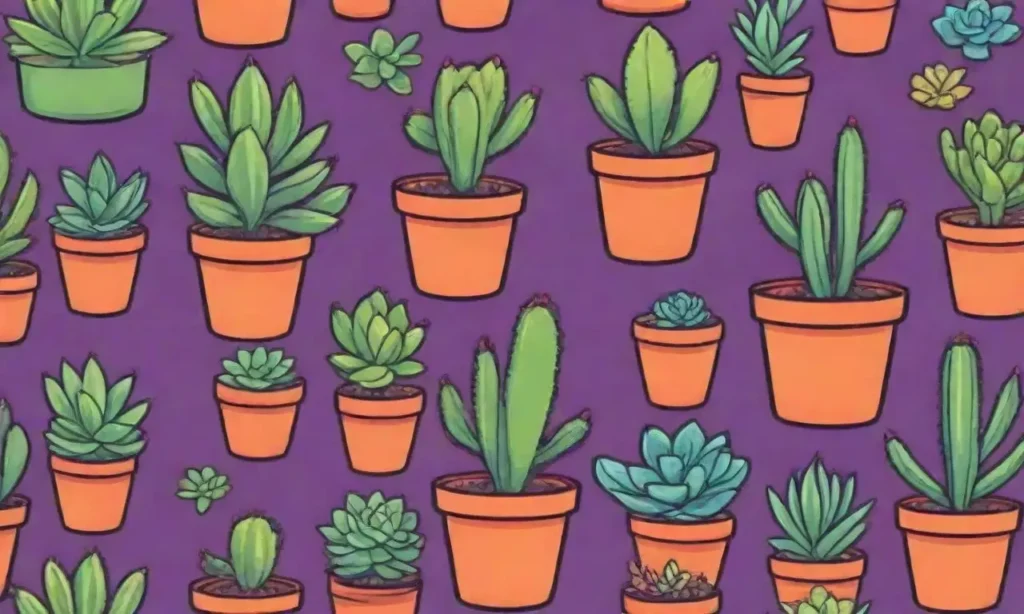
Introduction
In recent years, the trend of growing succulents has taken the gardening world by storm. These fascinating plants are not only aesthetically pleasing but also highly resilient, making them an attractive option for both novice and experienced gardeners. However, as interest in these plants grows, so does the need for sustainable practices in their cultivation and care. It is essential to understand how to cultivate succulents in ways that not only foster their growth but also respect and protect the environment.
This article aims to provide an extensive guide on navigating online resources for sustainable succulent practices. We will delve into the significance of sustainable gardening, explore various reliable online platforms that offer valuable insights, and share practical tips for maintaining healthy and environmentally friendly practices.
Importance of Sustainable Gardening
Sustainable gardening involves employing methods that are beneficial not only for the plants involved but also for our ecosystem. This approach seeks to minimize harm to the environment while maximizing plant health. For succulent enthusiasts, incorporating sustainability into your care for these plants can have several substantial benefits.
One crucial aspect is water conservation. Succulents are known for their ability to store water in their stems and leaves, making them resource-efficient plants. However, many gardeners often overwater their succulents, which can lead to root rot and other complications. By effectively utilizing online resources that emphasize water-wise practices, you can advocate for an approach that mirrors the natural habits of succulents, thus reducing your water usage.
Furthermore, understanding the importance of using native or adaptive plants is integral to sustainable practices. By opting for local varieties, you're not just supporting your local ecosystem but also improving your resilience against pests and diseases. Online resources, blogs, and forums can help you identify which succulents are best suited to your climate, resulting in healthier plants and reduced reliance on chemical inputs.
Online Platforms for Sustainable Succulent Practices
Gardening Websites
A plethora of gardening websites is dedicated to offering valuable advice and best practices for sustainable gardening. Noteworthy platforms include the American Society of Gardening and the National Gardening Association, which host extensive databases on a variety of plants, including succulents. These sites often feature practical guides on water conservation methods, organic pest control, and native plant alternatives.
For example, websites like Gardener’s Supply Company offer a range of resources, including articles, blogs, and community forums where experienced gardeners share their insights on sustainable succulent care. Valuable information can often be found in the comments section of these articles, allowing for a community-based learning experience.
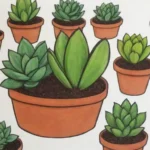 How to Share Your Succulent Journey on Social Media effe
How to Share Your Succulent Journey on Social Media effeMoreover, many gardening websites provide instructional videos that demonstrate proper planting techniques, watering schedules, and disease identification. These multimedia resources are beneficial for visual learners and can enhance your understanding of sustainable succulent practices considerably.
Social media has emerged as a powerful tool for sharing knowledge on sustainable gardening practices. Platforms like Instagram and Facebook have cultivated vibrant communities of succulent enthusiasts. By following hashtags such as #sustainablesucculents or #plantparenthood, you can discover many posts that highlight creative ways to incorporate sustainability into your succulent care routine.
Additionally, Facebook Groups dedicated to succulents and sustainable gardening can serve as platforms for discussion and exchange. You’ll find testimonials, personal stories, and photos illustrating how other gardeners successfully apply sustainable methods. Joining these communities can help you gain new perspectives and invaluable tips from fellow succulent lovers.
Educational Blogs and YouTube Channels
There is a wealth of educational blogs and YouTube channels focused on sustainable gardening practices. Notable blogs like Succulent City and The Succulent Source feature comprehensive articles that cover a variety of topics related to succulent care, including sustainability tactics. You can find resources about organic fertilizers, soil amendments, and eco-friendly pest deterrents, all tailored to care specifically for succulents.
YouTube is another excellent platform where you can visually engage with sustainable practices. Channels such as Garden Answer and Epic Gardening offer tutorials and advice on caring for succulents while maintaining sustainability. YouTube’s interactive nature enables you to ask questions directly in the comments and often get immediate feedback from experienced gardeners and creators.
Practical Tips for Sustainable Succulent Care
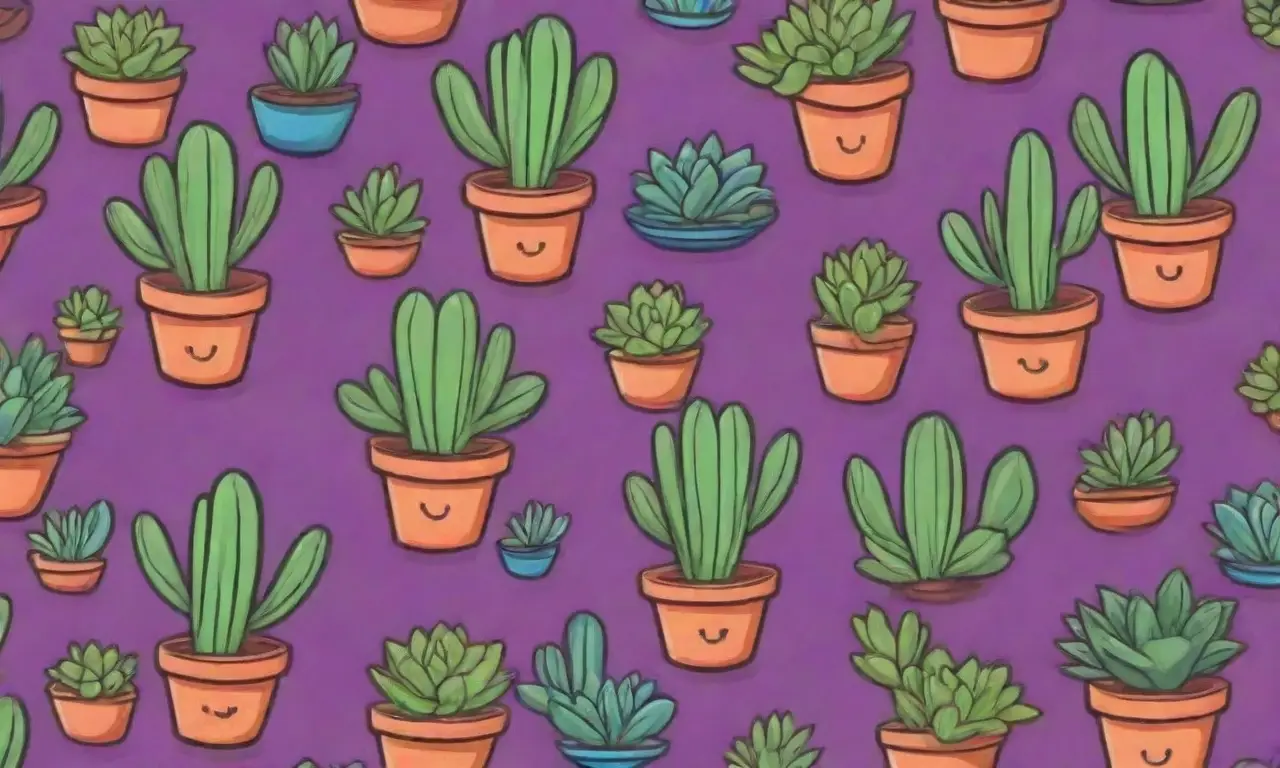
Watering Wisely
One of the cardinal rules for succulent care is proper watering. Overwatering is a common mistake among succulent growers that can lead to root rot and other complications. To ensure that your succulents receive just the right amount of water, consider adopting a soil moisture meter. This device measures the moisture level in the soil, helping you determine when it’s time to water without risking over-saturation.
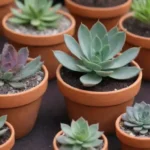 Diving into Online DIY Projects for Succulent Enthusiasts
Diving into Online DIY Projects for Succulent EnthusiastsAdditionally, consider collecting rainwater or using a drip irrigation system. Rainwater is naturally soft and devoid of chemicals typically found in municipal water sources, making it more suitable for your plants. By investing in a rain barrel or cistern, you not only provide your succulents with crispy, chemical-free moisture but also contribute to water conservation efforts.
Soil and Fertilization
Using the right kind of soil and fertilizer is critical for sustainable succulent practices. Many gardeners unwittingly choose conventional potting soil, which can retain too much moisture for succulents. Instead, opt for a cactus mix or create your own blend using coarse sand, perlite, and peat moss for optimal drainage.
When it comes to fertilization, focus on using organic options such as fish emulsion or compost teas. These natural fertilizers provide essential nutrients without contributing to soil and water pollution often linked to synthetic products. Moreover, applying fertilizer sparingly can also help uphold the sustainability of your growing practices. Succulents generally require less frequent fertilization than many other plants—usually during their active growing season, spring and summer.
Pest Management
Sustainable pest management is integral to maintaining healthy succulents. Instead of reaching for chemical pesticides, opt for eco-friendly alternatives. Neem oil is a popular choice that works effectively against various pests, including mealybugs and aphids. It’s derived from the seeds of the neem tree and breaks down easily in the environment, posing minimal risk to beneficial insects.
Another method is attracting beneficial insects. Ladybugs, lacewings, and predatory wasps can help manage pest populations naturally. You can encourage these helpful allies by planting native flowering plants nearby to provide them with nectar sources. Educational resources available online can also provide insights into how to naturally cultivate a balanced ecosystem in your garden space.
Conclusion
In conclusion, navigating the myriad of online resources for sustainable succulent practices is crucial for anyone looking to cultivate these delightful plants responsibly. By understanding the importance of sustainable gardening, utilizing a variety of online platforms, and applying practical tips, you can create a nurturing environment not just for your succulents but also for the ecosystem at large.
Furthermore, actively engaging in communities, both online and offline, fosters a sense of camaraderie and helps to spread the message of sustainable gardening. Whether through social media or local gardening clubs, connecting with others can amplify your knowledge and creativity in caring for succulents.
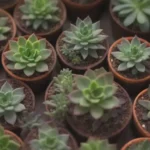 Digital Planting: Apps for Managing Your Succulent Collection
Digital Planting: Apps for Managing Your Succulent CollectionAs you embark on your sustainable succulent journey, remember that every small step counts. The collective efforts of individual gardeners can lead to significant contributions toward environmental preservation. So equip yourself with the right knowledge, tools, and community support, and let your succulents thrive in harmony with nature. Happy gardening!
If you want to read more articles similar to Navigating Online Resources for Sustainable Succulent Practices, you can visit the Online resources category.

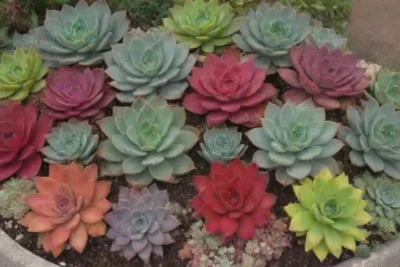
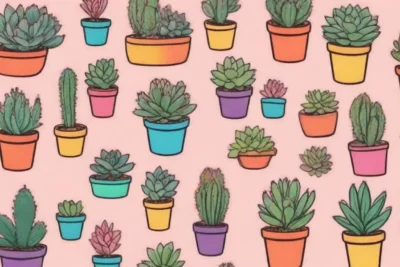
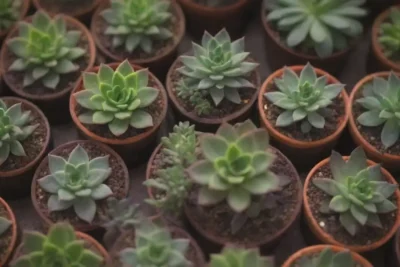
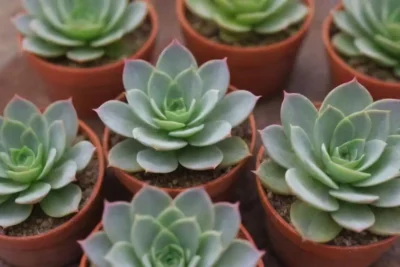
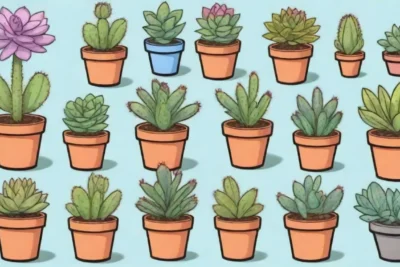
You Must Read